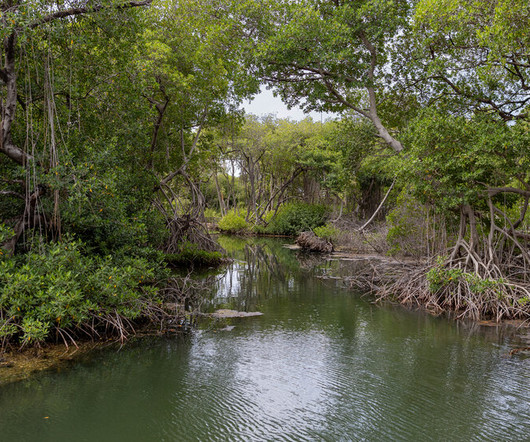Canada backs demonstration-scale algal biorefinery project in the oil sands; Algal Carbon Conversion
Green Car Congress
MAY 19, 2013
The Government of Canada is supporting a three-year project that will result in the construction of a $19-million, demonstration-scale facility in Alberta that will use algae to recycle industrial carbon dioxide emissions from an oil sands facility into commercial products such as biofuels. Click to enlarge.
























Let's personalize your content